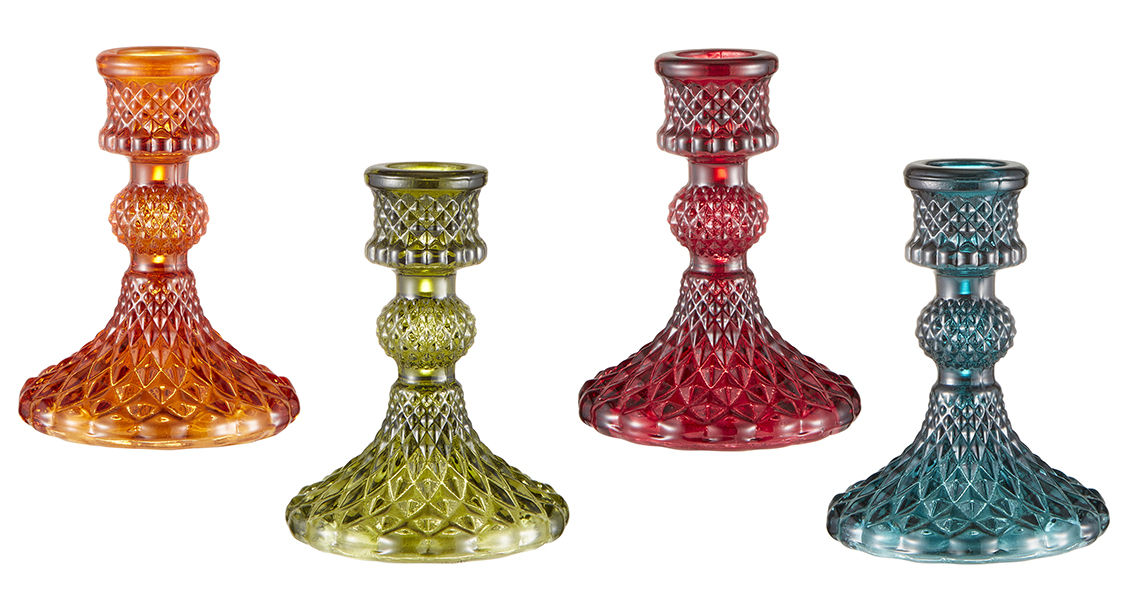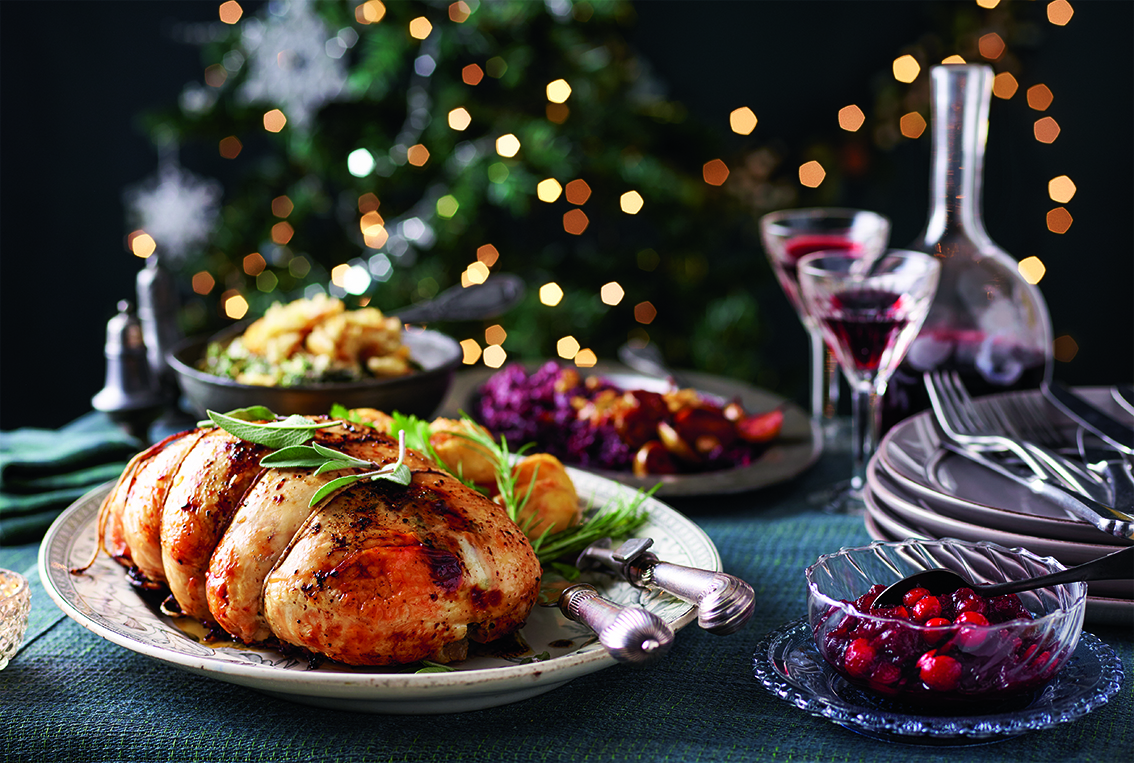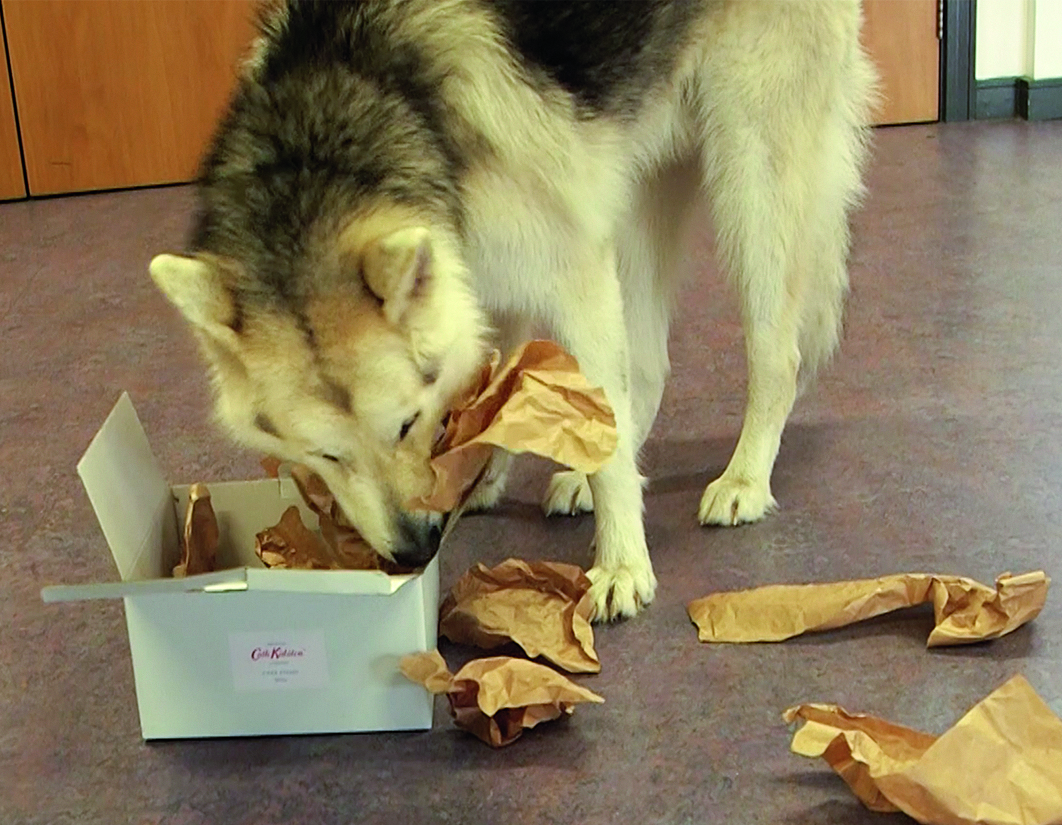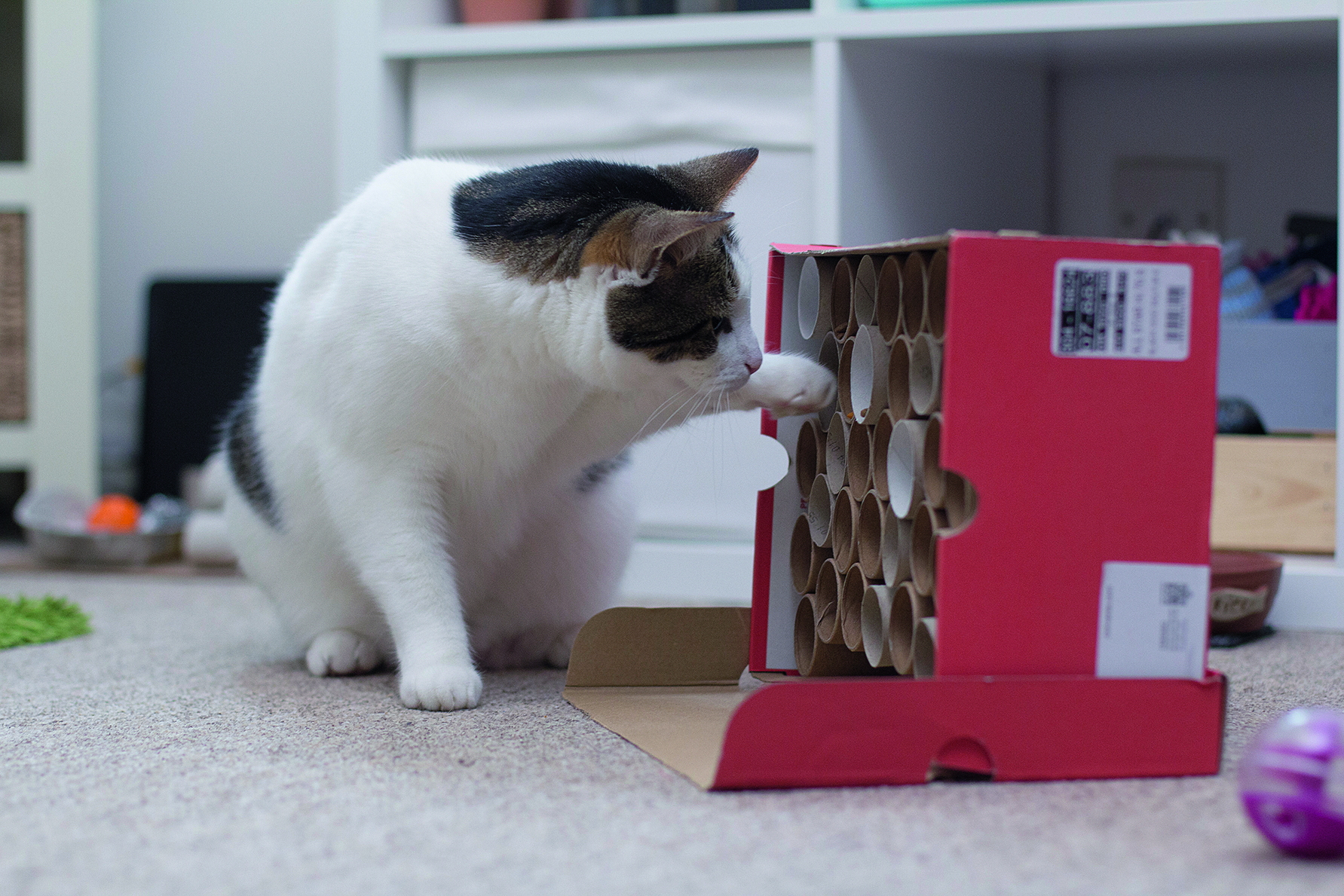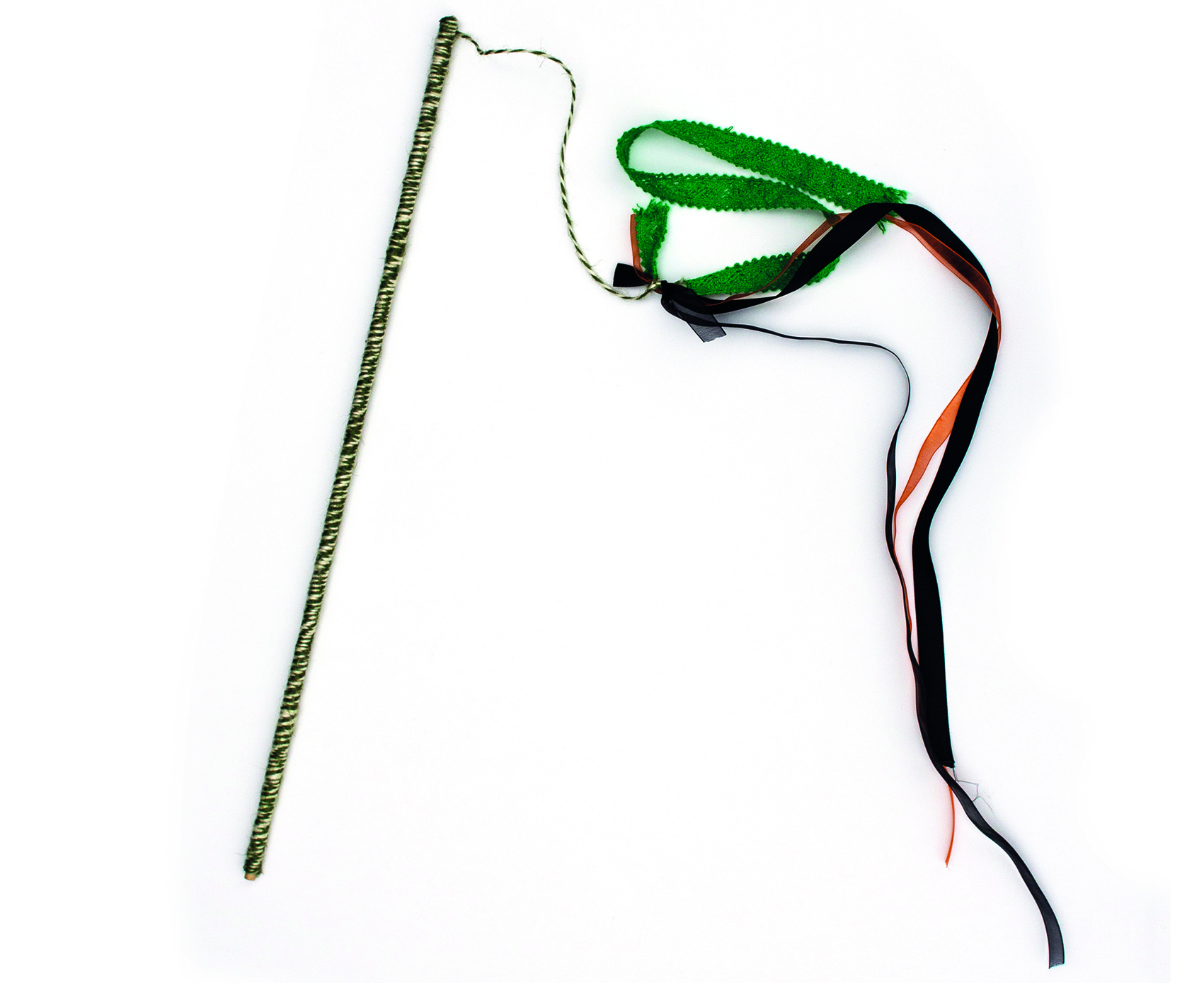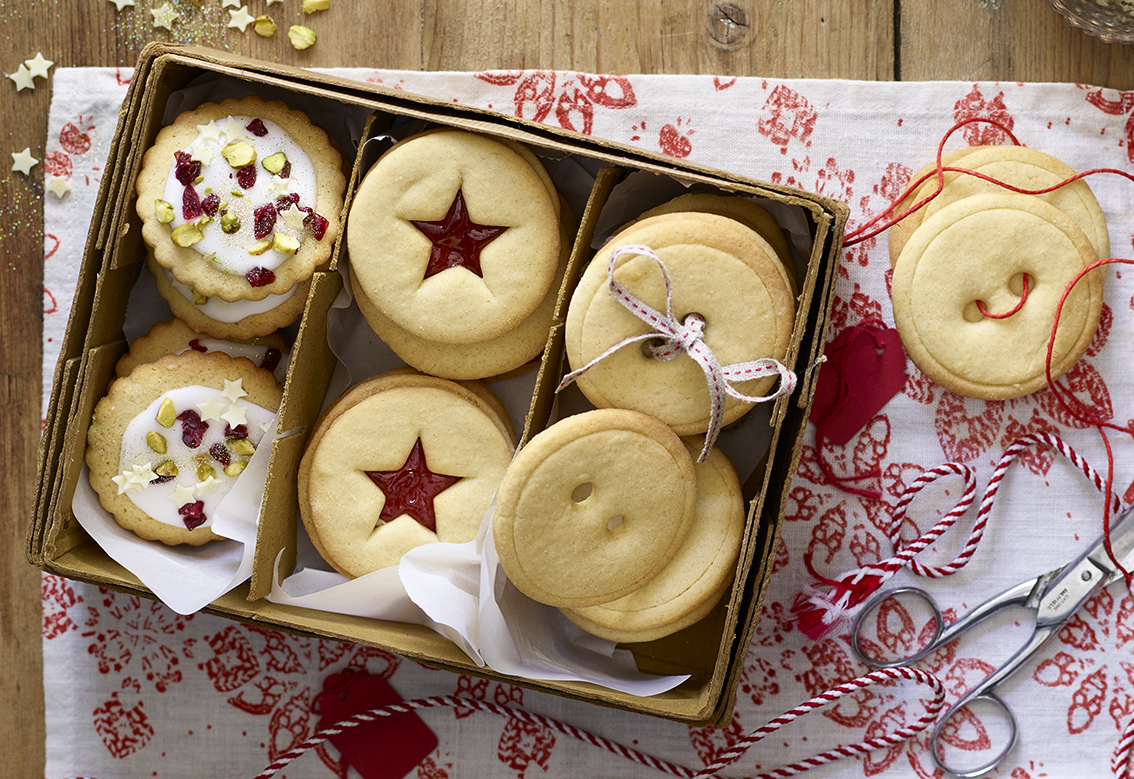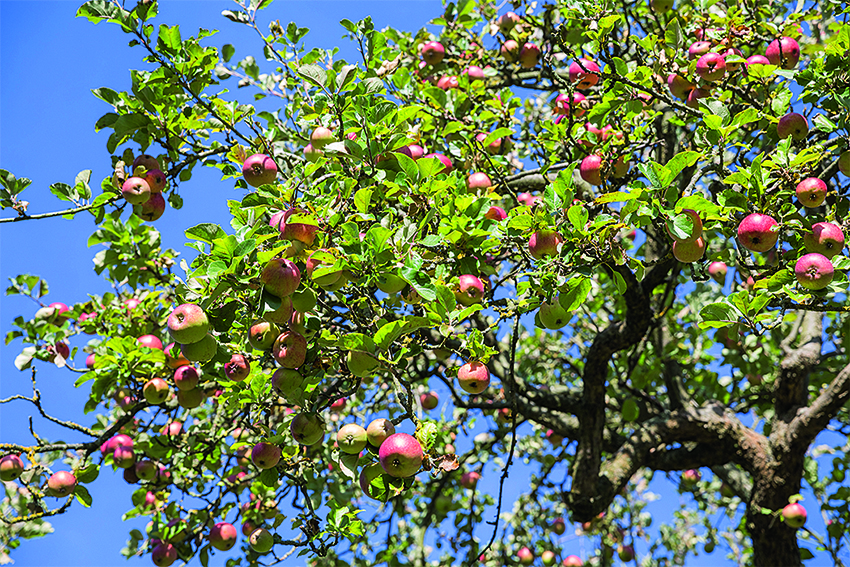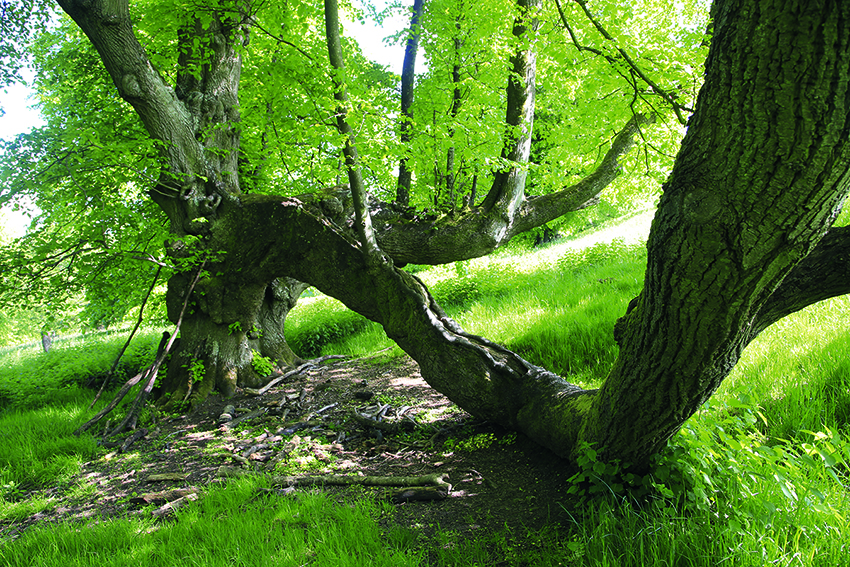Stay warm this winter
Make this stylish snood for you or your family…

You will need
Yarn: Stylecraft Special XL Super Chunky
Main and contrast: one ball of each shade (two 200g balls in total)
Needles: a pair of 10mm knitting needles
Colours used
Main: Spearmint (1842)
Contrast: Teal (1062)
Abbreviations
g-st garter stitch
st(s) stitch(es)
ws wrong side
rs right side
Measurements
Width x length: 25cm x 140cm
Tension
8.5 sts and 18 rows to 10cm over garter stitch on 10mm needles, or the size required to give the correct tension.
Garter stitch snood
Using 10mm needles, thumb method and main colour, cast on 21 sts.
Work in g-st until snood measures 70cm, ending with a ws row.
Break off main colour, join in contrast colour.
Using contrast, continue in g-st until snood measures 140cm, ending with a rs row.
Cast off knitways on ws.
To make up
Join cast-on and cast-off edges to form a loop. Cover with clean, damp tea towels and leave to dry. See the yarn band for washing and further care instructions


